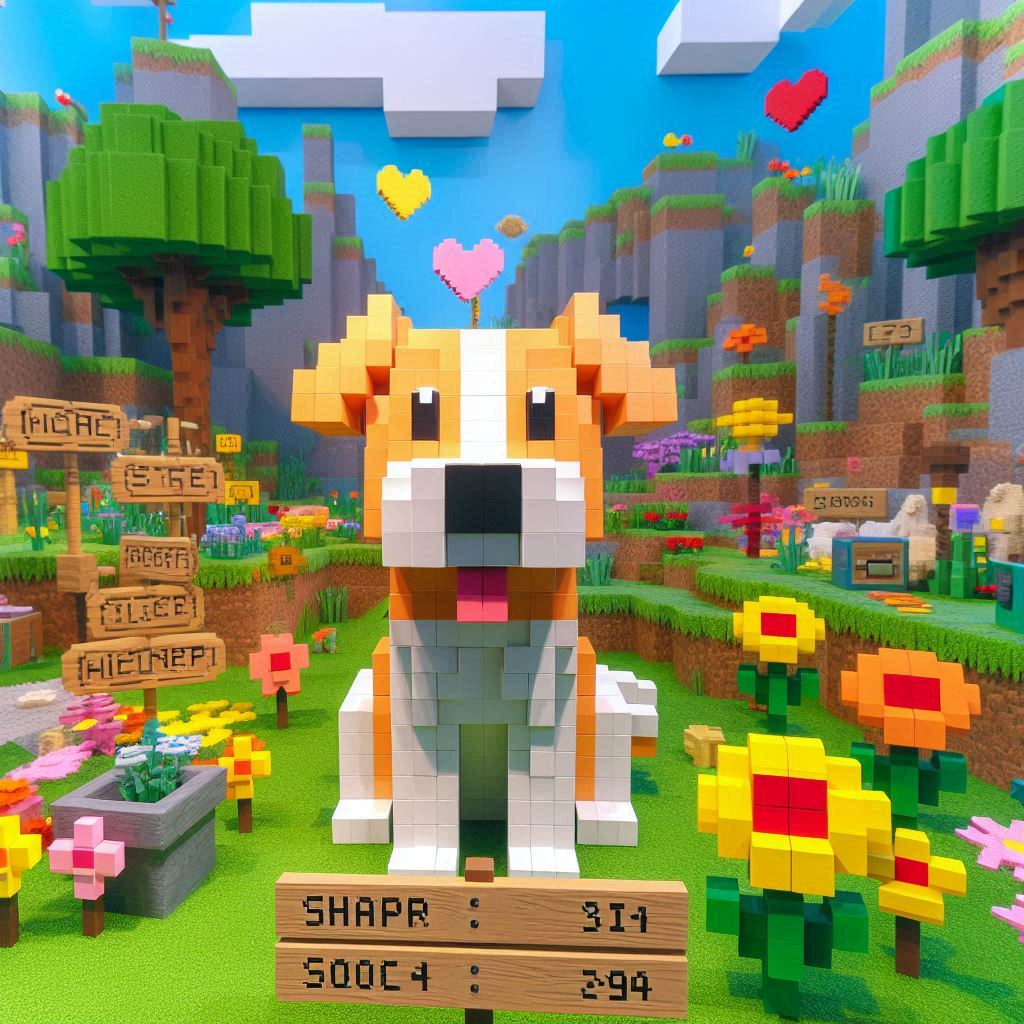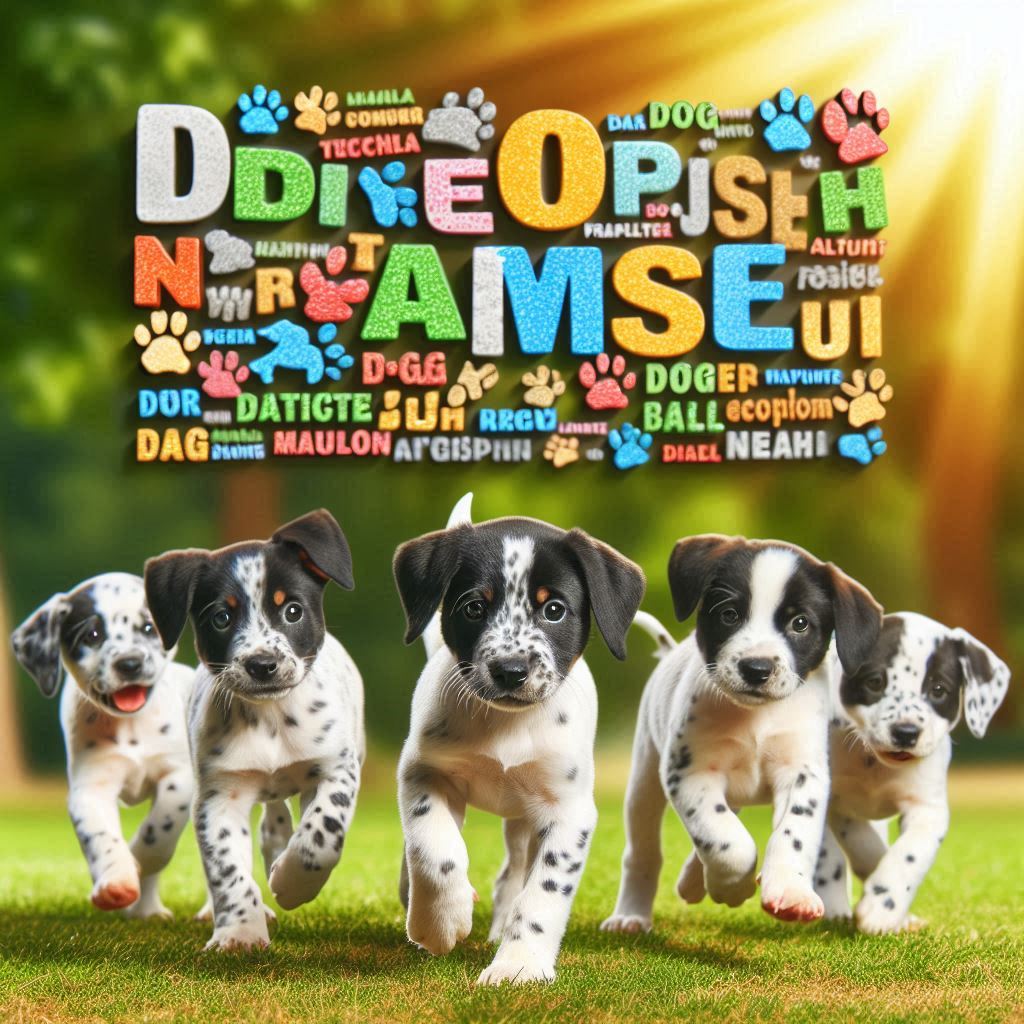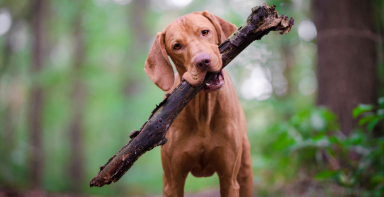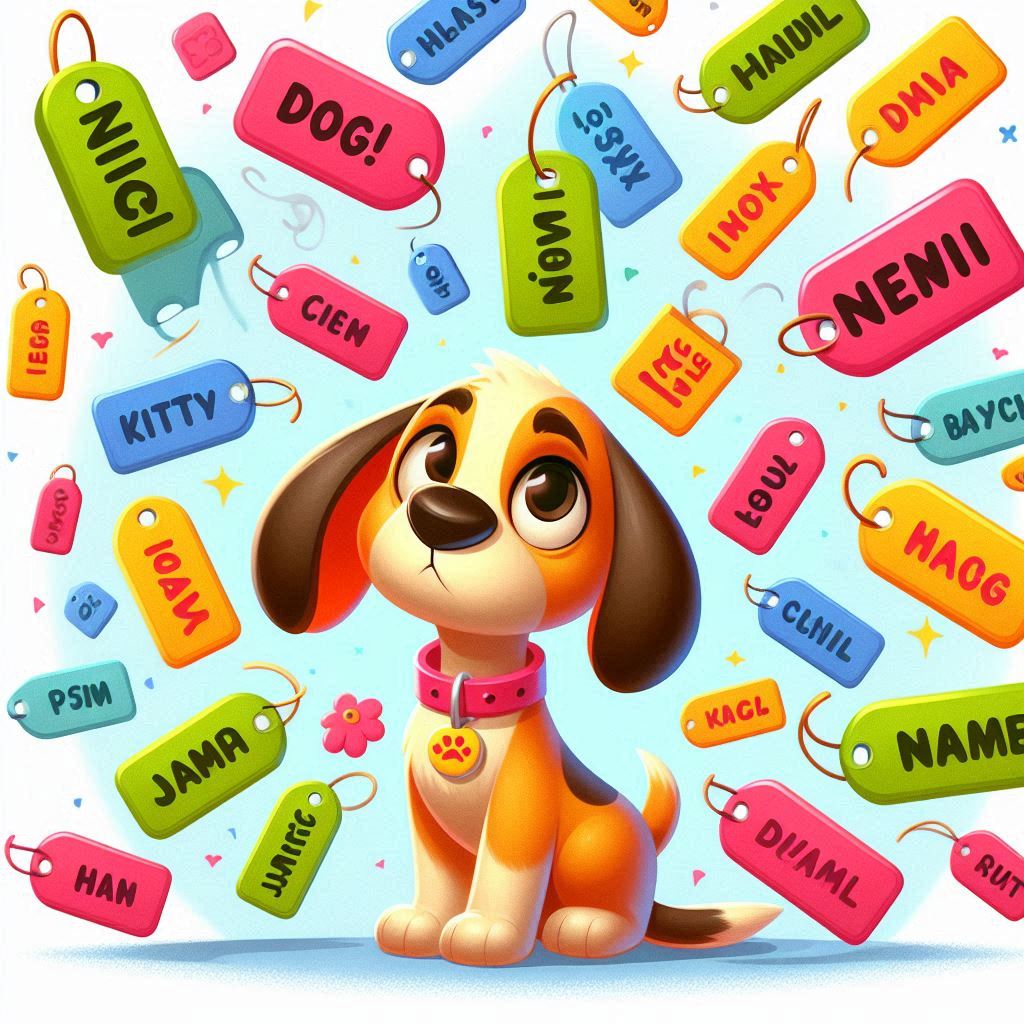Dogs have been loyal companions to humans for thousands of years, and indigenous cultures worldwide have their own unique names and relationships with these animals. The Aboriginal name for “dog” varies across different tribes and nations, reflecting deep cultural, spiritual, and linguistic traditions.
This article explores the diverse Aboriginal names for dogs, their meanings, and their roles in indigenous societies. From Australian Aboriginal languages to Native American and Māori terms, we will uncover the fascinating connections between indigenous peoples and their canine companions.

aboriginal name for dog
2. The Role of Dogs in Aboriginal Cultures
Dogs have played essential roles in Aboriginal societies, serving as hunters, protectors, and spiritual guides. Their presence in indigenous communities dates back thousands of years, with evidence of domesticated dogs found in archaeological sites across Australia, North America, and the Pacific.
Key Roles of Dogs in Aboriginal Life:
-
Hunting companions – Assisting in tracking game.
-
Guardians – Protecting camps from intruders.
-
Spiritual symbols – Featuring in Dreamtime stories and myths.
-
Transportation – Pulling sleds or carrying goods in some cultures.
3. Aboriginal Names for Dogs Across Different Tribes
3.1. Australian Aboriginal Names for Dogs
In Australia, different Aboriginal language groups have distinct words for dogs:
| Language Group | Word for “Dog” | Meaning/Notes |
|---|---|---|
| Wiradjuri | Mirri | Commonly used term for dog. |
| Yolngu | Wäwa | Also refers to dingoes. |
| Arrernte | Maliki | Used in Central Australia. |
| Noongar | Dwert | Refers to both dogs and dingoes. |
The dingo (Canis lupus dingo), Australia’s native wild dog, holds a special place in Aboriginal culture, often intertwined with the word for domesticated dogs.
3.2. Native American (First Nations) Terms for Dogs
Native American tribes have their own words for dogs, reflecting their close bond:
-
Lakota (Sioux): Šúŋka (pronounced “shoon-ka”)
-
Cherokee: Gihli
-
Navajo: Łééchąąʼí
Dogs were used for hunting, herding, and even in ceremonies.
3.3. Māori and Pacific Islander Dog Names
The Māori of New Zealand had a unique breed, the Kurī, now extinct. The term Kurī was used for dogs, which were brought by Polynesian settlers.
4. The Spiritual and Mythological Significance of Dogs
Many Aboriginal cultures view dogs as spiritual beings:
-
Australian Dreamtime Stories: The dingo appears in many creation myths.
-
Native American Legends: Dogs are seen as guides to the afterlife.
-
Māori Beliefs: The Kurī was considered a guardian spirit.
5. Traditional Uses of Dogs in Aboriginal Societies
-
Hunting: Tracked kangaroos, emus, and other game.
-
Companionship: Provided warmth and protection.
-
Ceremonial Roles: Used in rituals and sacrifices in some cultures.
6. The Linguistic Roots of Aboriginal Dog Names
Many Aboriginal dog names derive from ancient words meaning “friend,” “protector,” or “hunter.” Linguistic studies show connections between different indigenous languages.
7. Comparing Aboriginal Dog Names with Modern Terminology
While modern terms like “dog” or “pet” are generic, Aboriginal names carry deeper cultural meanings.
8. Preservation of Indigenous Dog Names Today
Efforts are being made to revive and document Aboriginal languages, including animal names. Schools and cultural programs teach these terms to new generations.
9. Conclusion
Aboriginal names for dogs reflect deep cultural, spiritual, and historical connections. From Mirri in Wiradjuri to Šúŋka in Lakota, these terms preserve indigenous knowledge. By learning and respecting these names, we honor the enduring bond between Aboriginal peoples and their canine companions.
10. FAQs
Q1: What is the most common Aboriginal name for a dog?
A: Mirri (Wiradjuri) and Maliki (Arrernte) are widely recognized in Australia.
Q2: Did Aboriginal Australians have domesticated dogs before European arrival?
A: Yes, the dingo was their primary dog, but some tribes also had other domesticated canines.
Q3: Are there any efforts to revive Aboriginal dog names today?
A: Yes, language preservation programs include teaching traditional animal names.
11. Additional Resources
-
Books: The First Dog by Jan Brett, Dingo Makes Us Human by Deborah Bird Rose.
-
Websites: AIATSIS (Australian Institute of Aboriginal Studies), Native Languages of the Americas.






